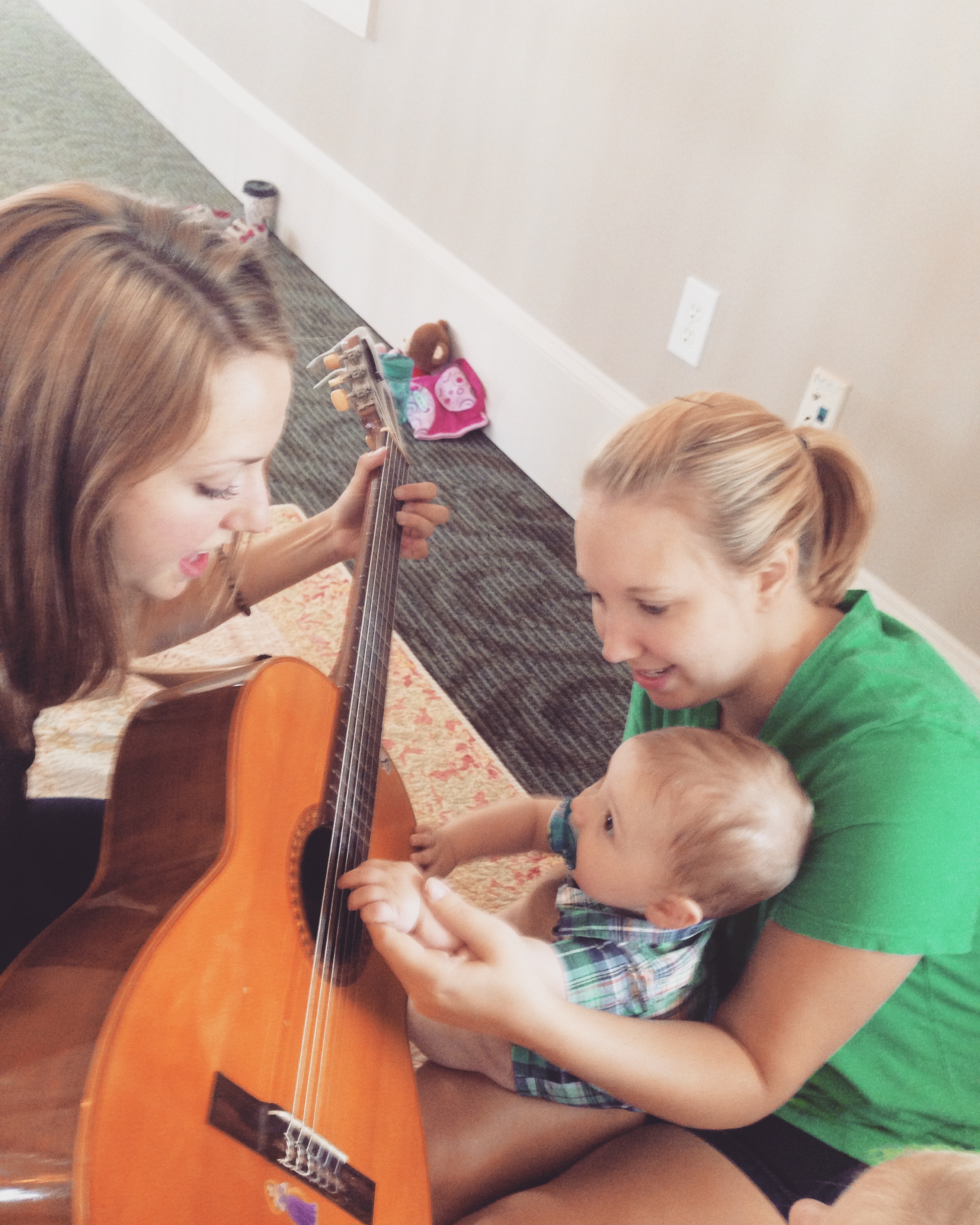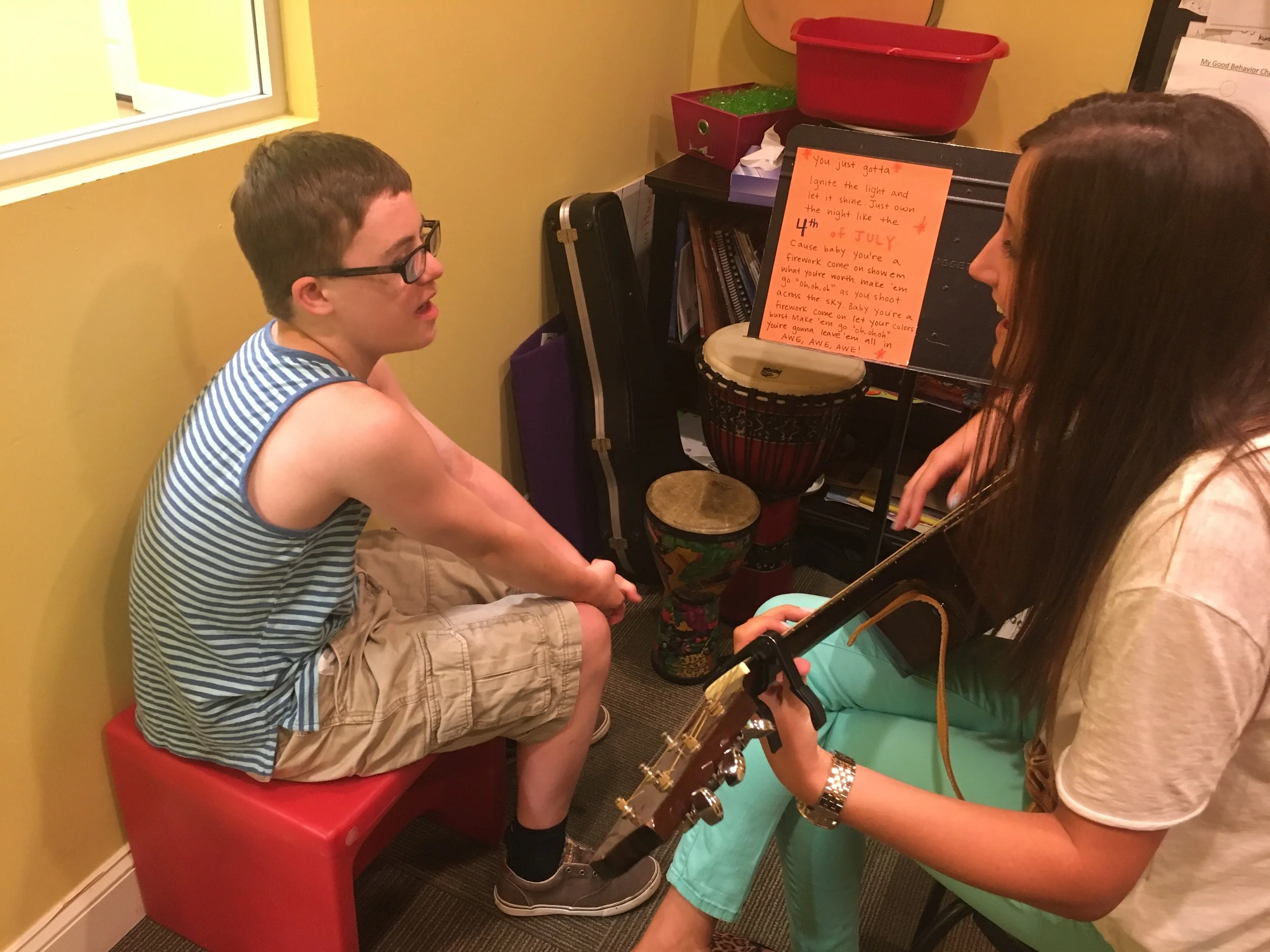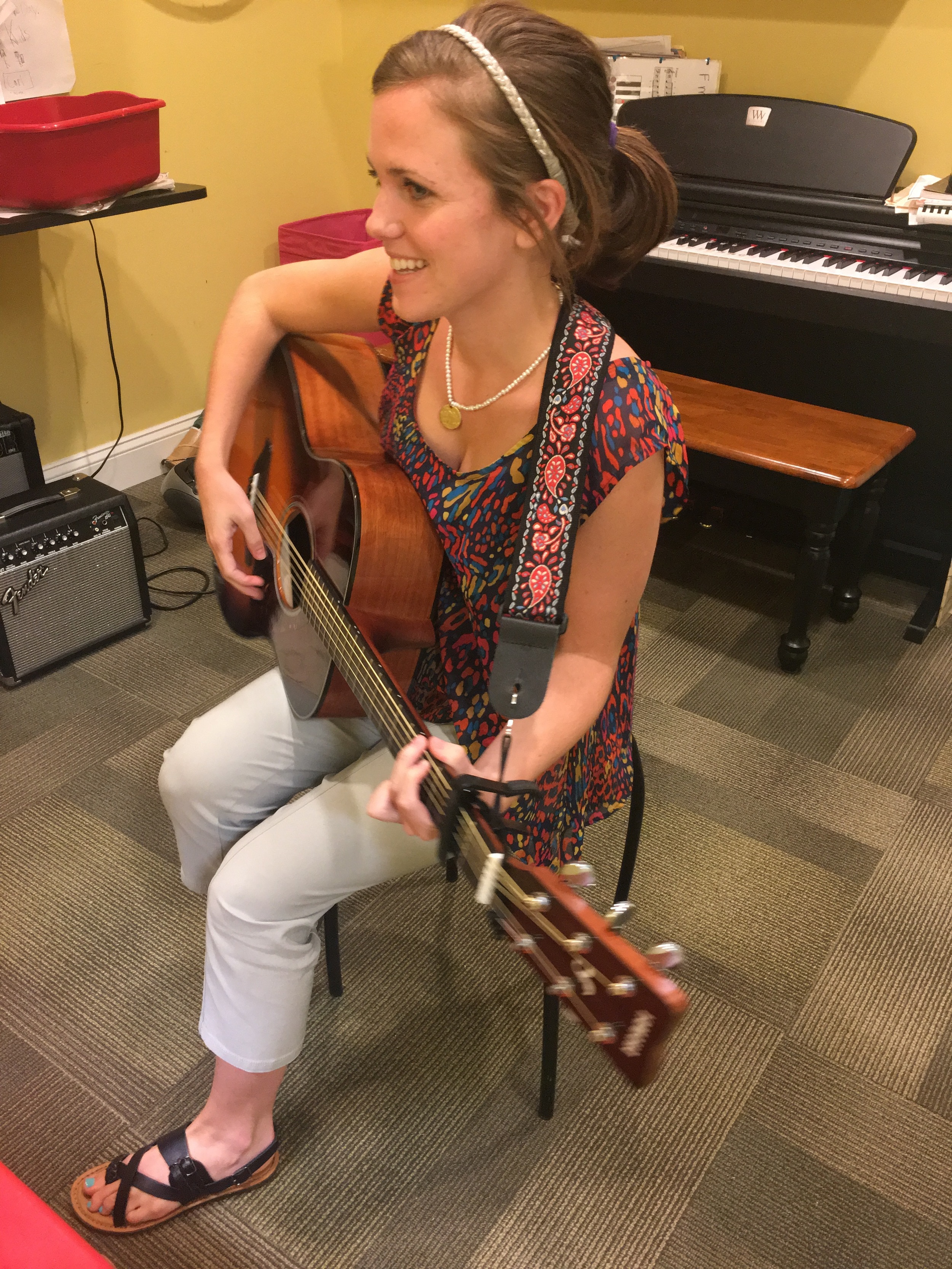As an intern, I get to explore many different ways in connecting with the children that I see here at Therabeat. One type of intervention that is fun and also therapeutically challenging is drumming. Drumming is a great intervention because it focuses on all domains.
In a recent study, Kat Fulton explains the benefits in drumming with special needs children. She describes drumming as targeting physical, social, emotional, and cognitive areas as well as being a great tool for collaboration with other therapies. Within the physical domain, drumming is used to celebrate the child's individual abilities and their strengths are highlighted. It increases the child's range of motion and improves gross motor development. In the social domain, drumming is used to assess how the child interacts with others. The child may learn to take turns repeating various rhythms and have an opportunity to lead which rhythms to play. When connecting with a child emotionally, drumming is a catalyst for breaking down boundaries. Emotions can be expressed and interpreted on the drum that might not be able to be expressed otherwise. Within the cognitive domain, drumming can be used to teach counting, sequencing, memorization, basic arithmetic, and music theory.
Ways drumming interventions can be used during a music therapy session:
explore movements
Increase social interactions
express various emotions
Improve cognitive skills
In using this knowledge, I decided to develop an intervention to help the children that I see achieve their goals in an exciting and motivating way and what better way to address these goals is through drumming! During the intervention, Drumming by Number, four drums are labeled 1,2,3, and 4. Each drum is then assigned a specific rhythm. The client plays the rhythm when the drum number is called out. Lastly, the rhythms are put to an upbeat pop song such as "Happy" by Pharrell Williams. This intervention is great for addressing sequencing, memorization, music theory, and increasing concentration in a fun and musical environment.
Reference: Fulton, K. (2011). 1:1 Drumming With A Child Who Has Special Needs. Retrieved September 22, 2016.







